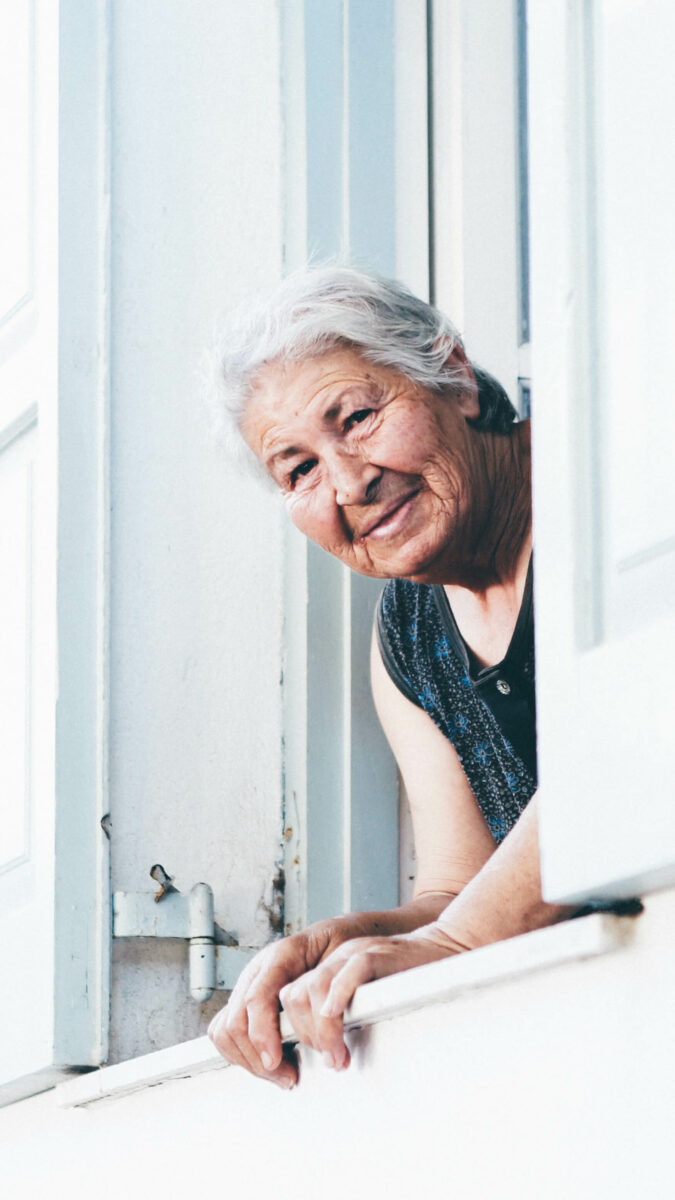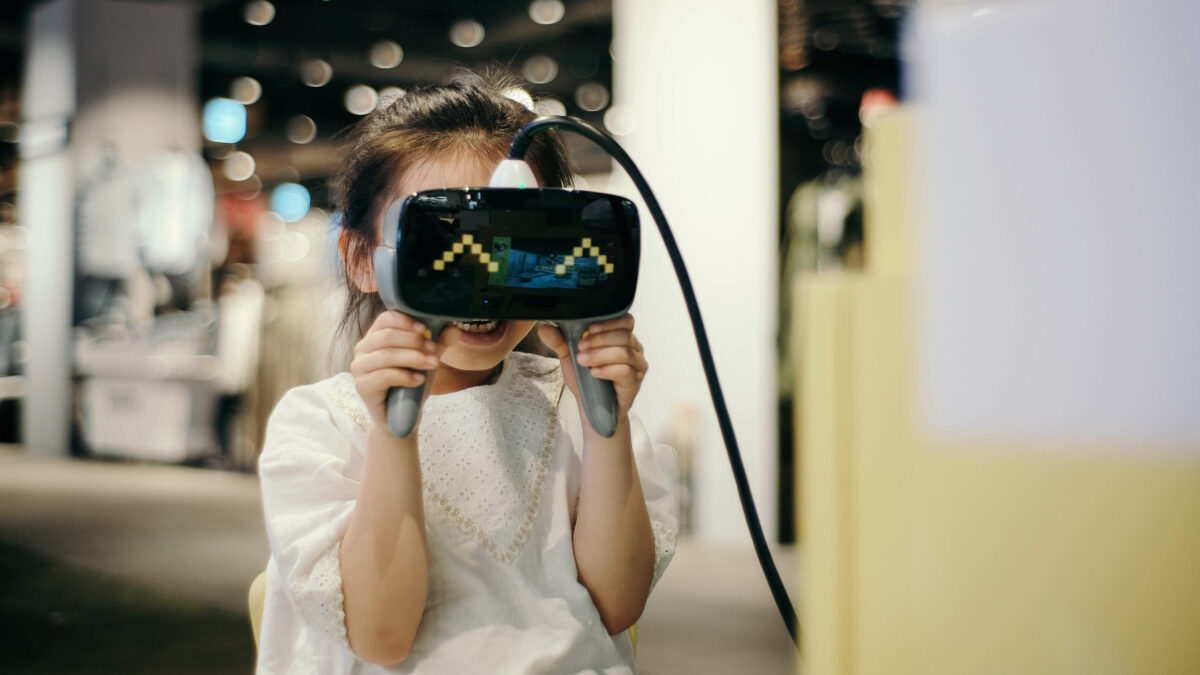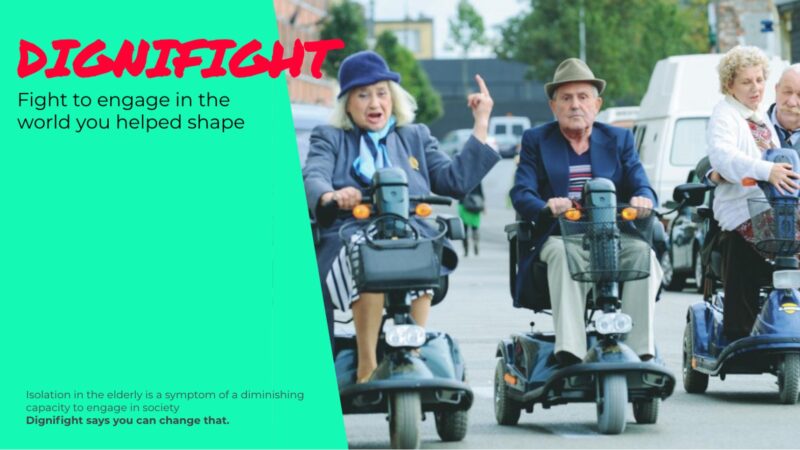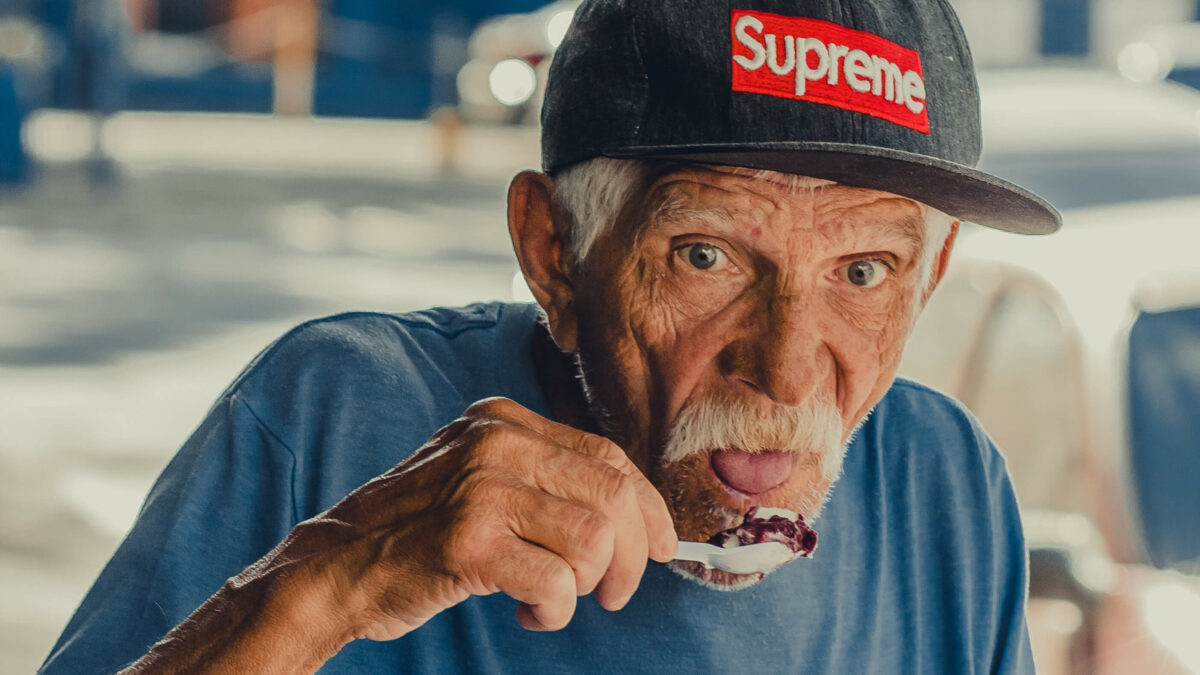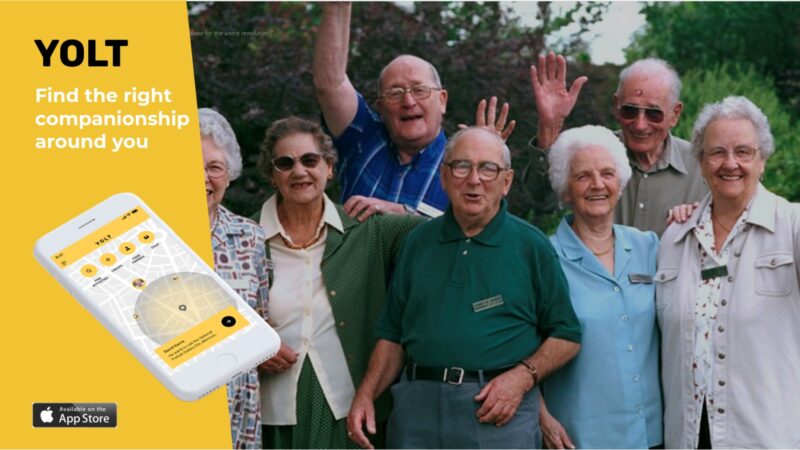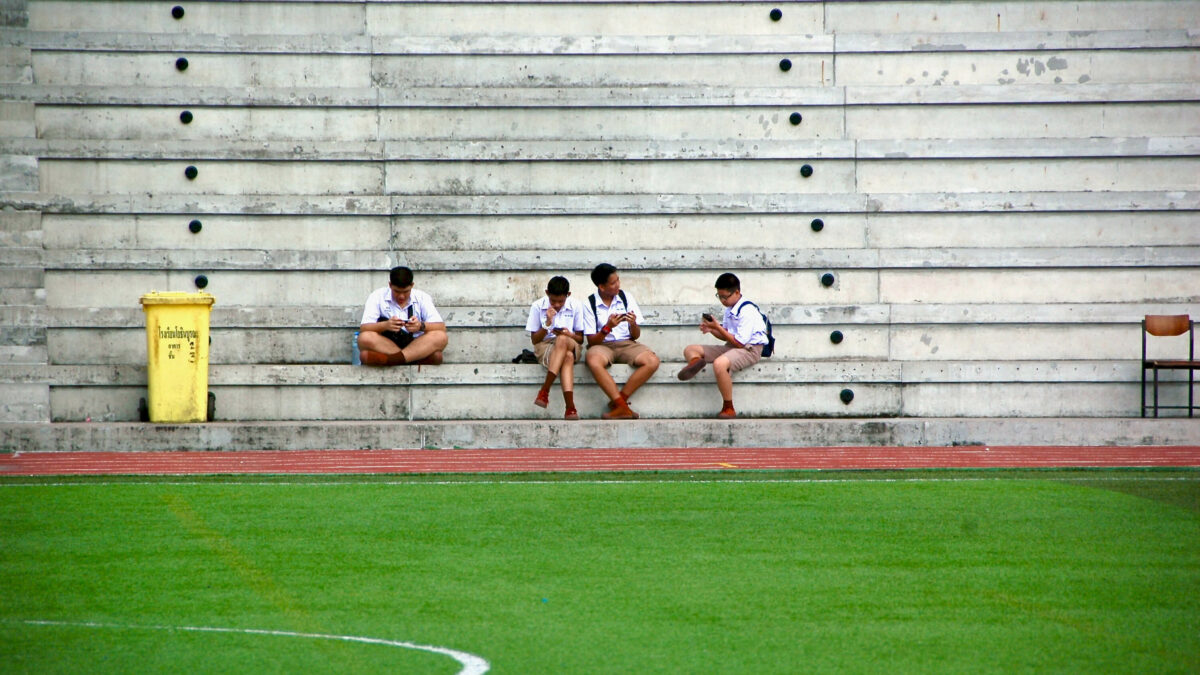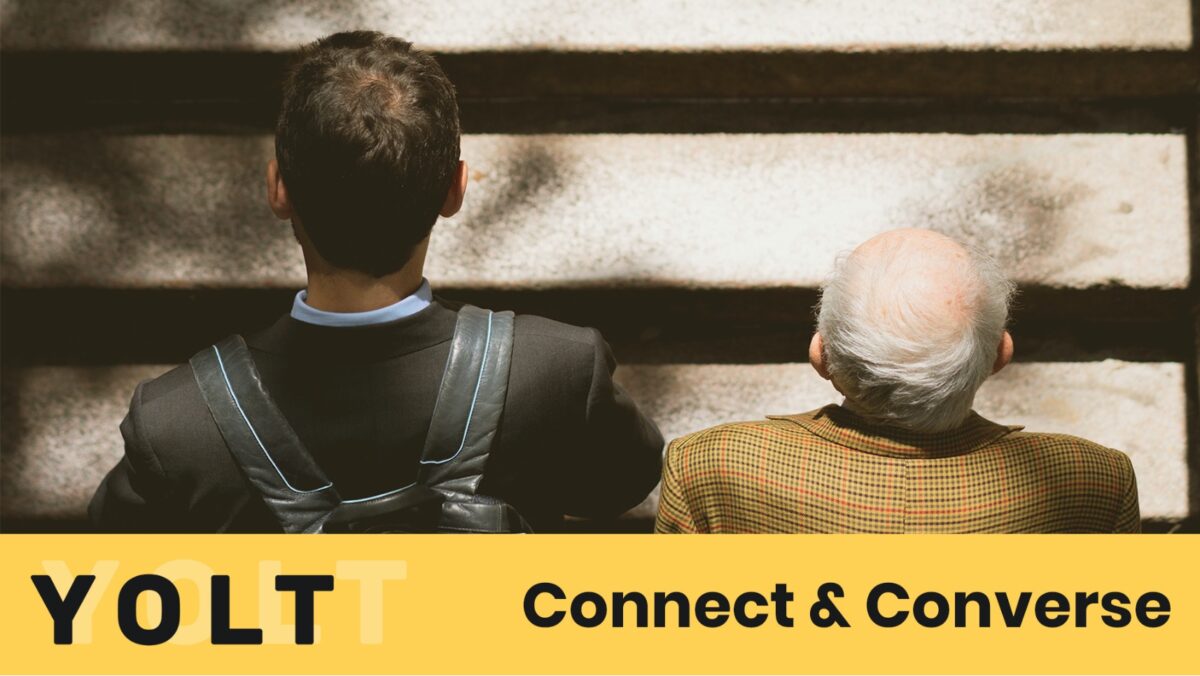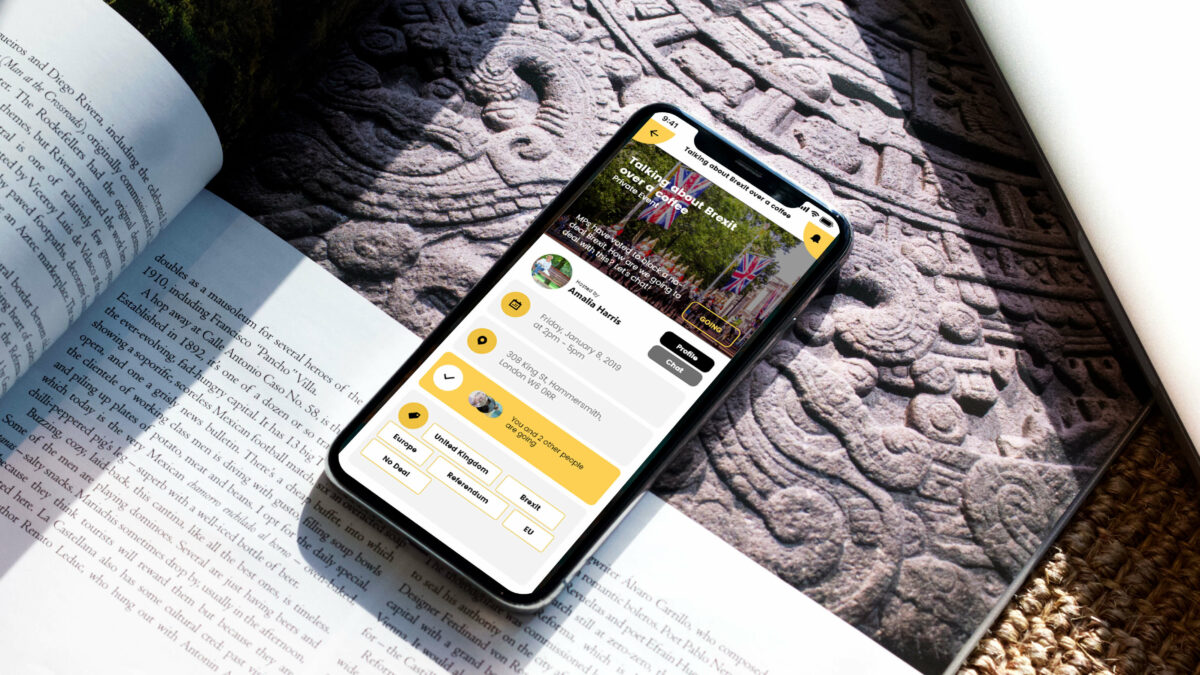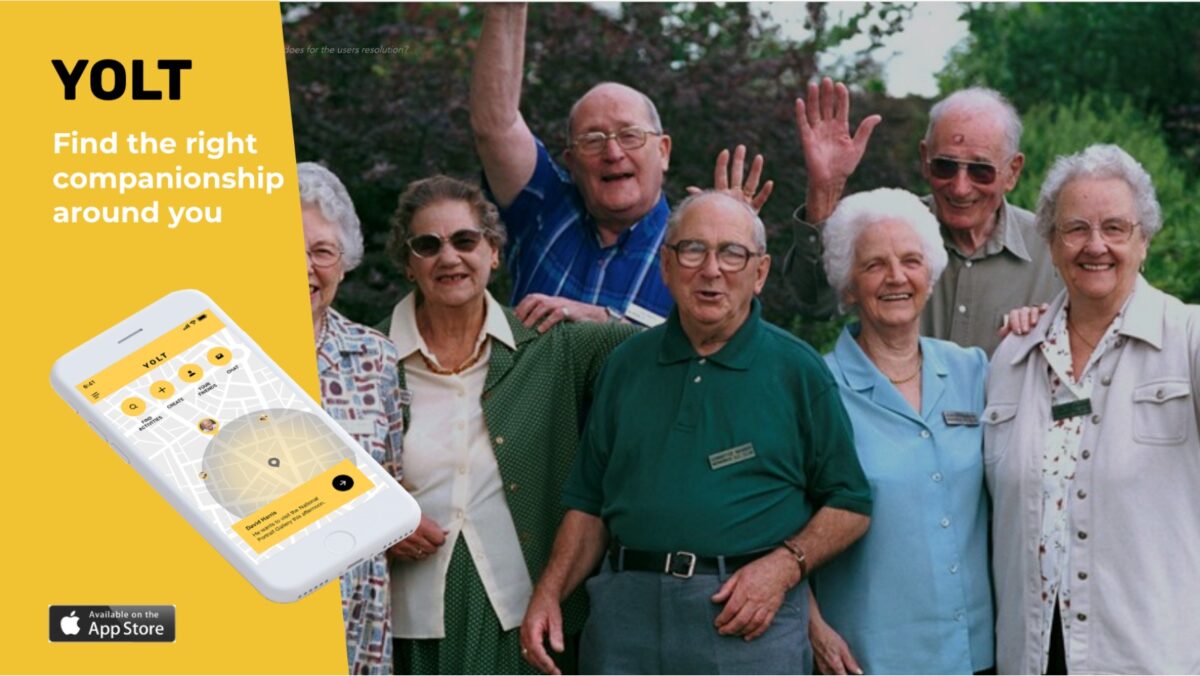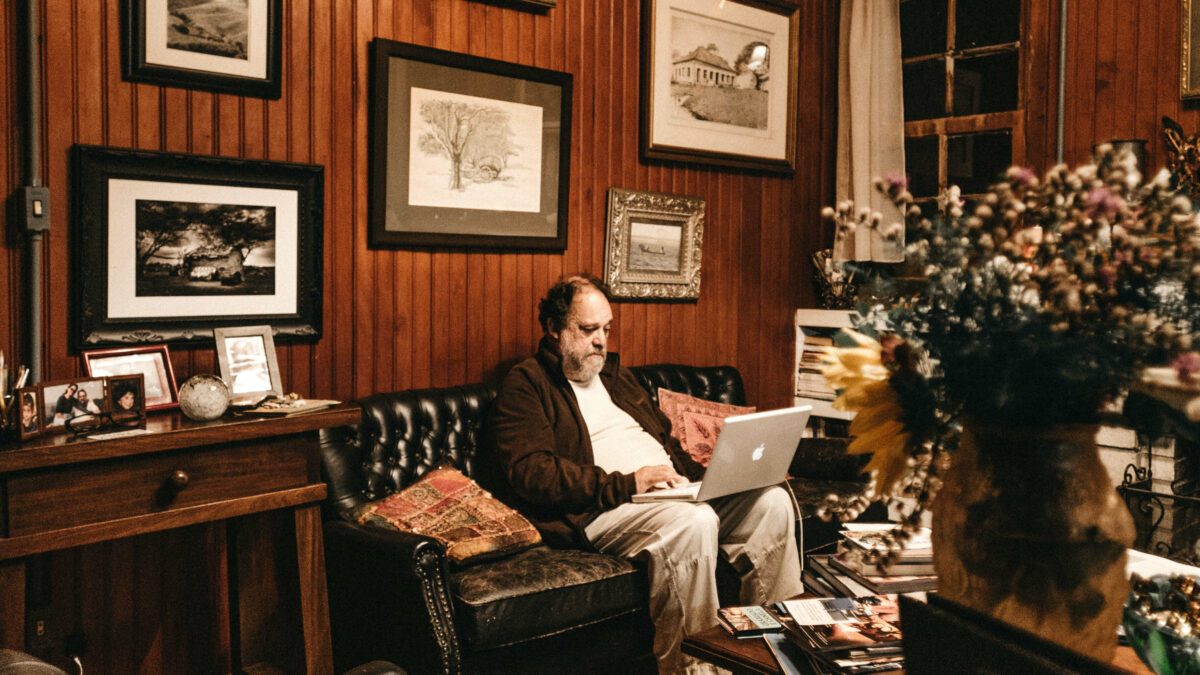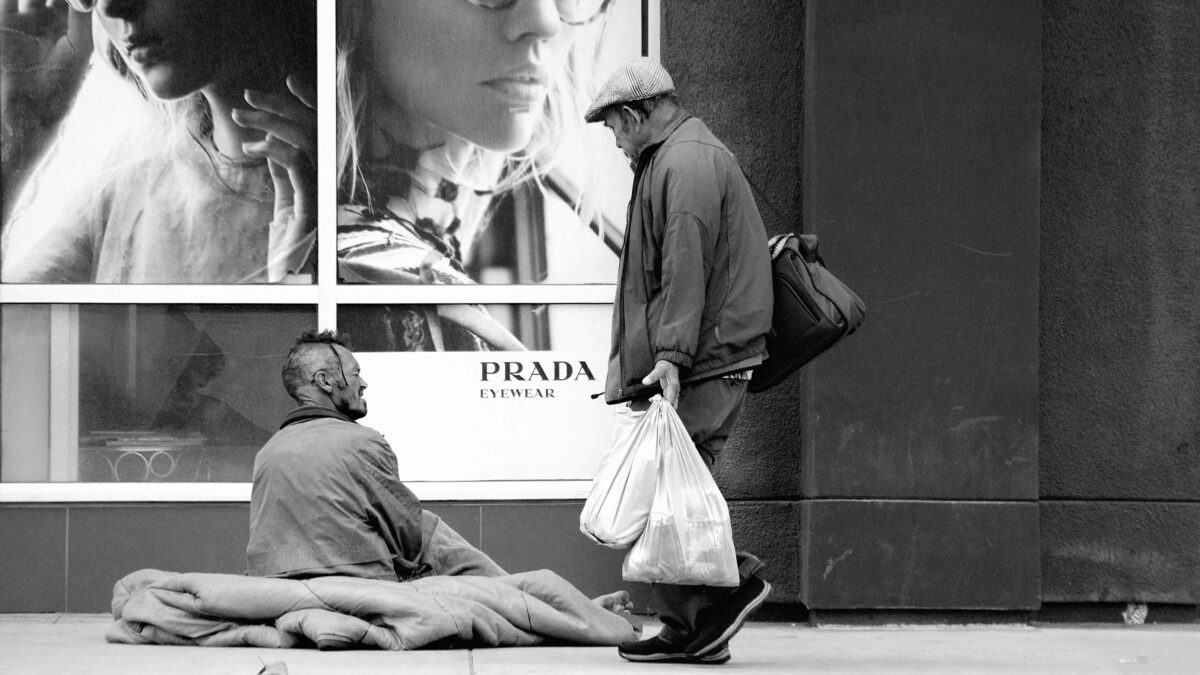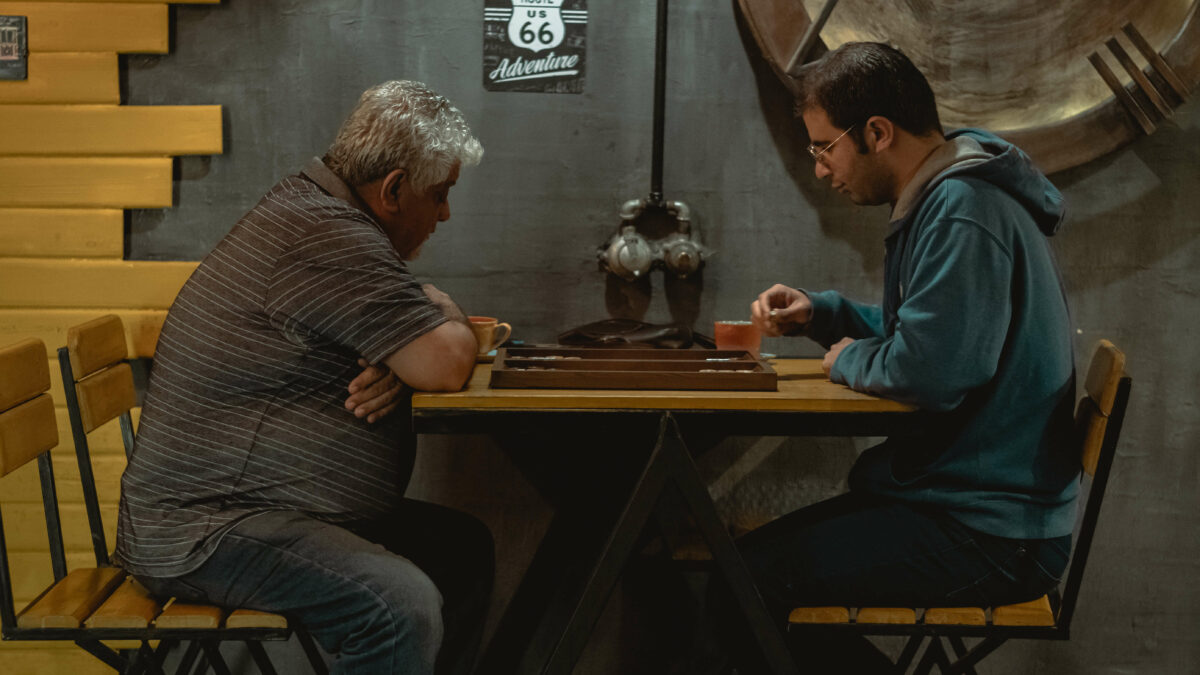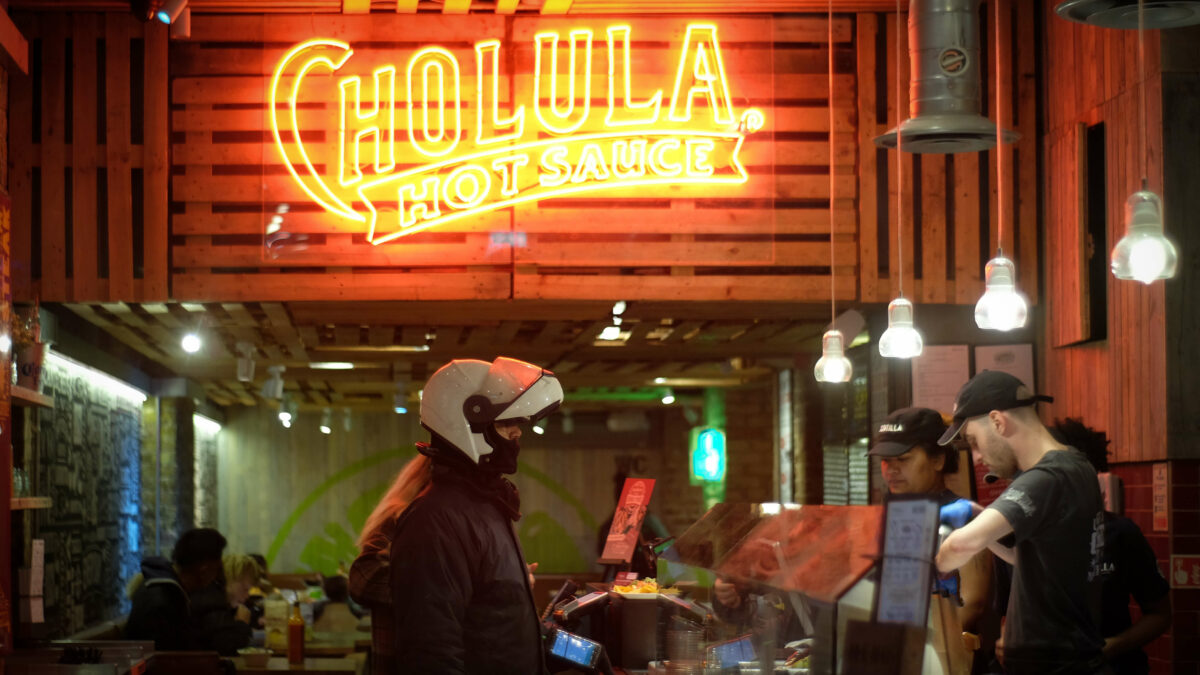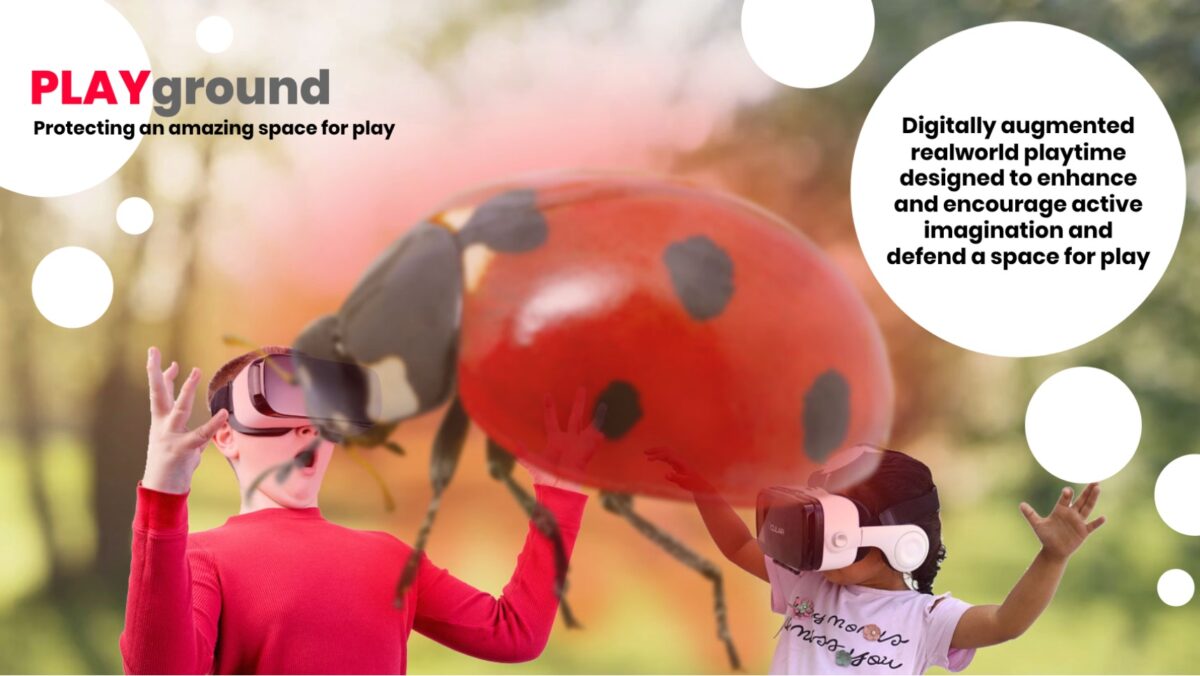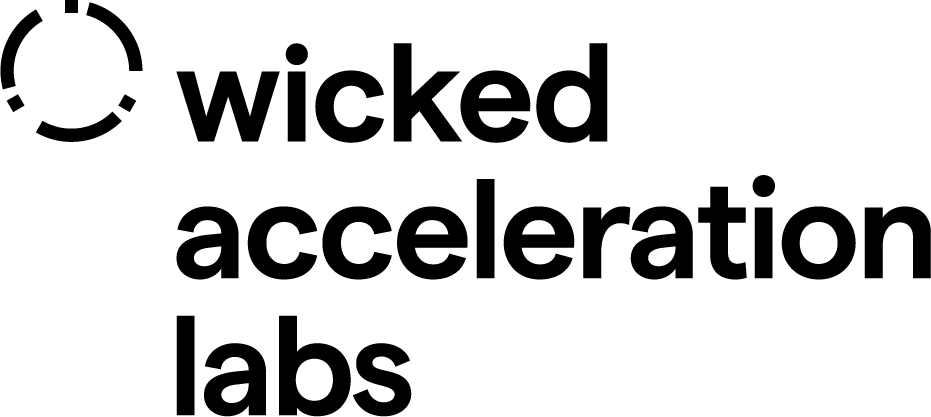Emerging topics
In this set of explorations, we are asked to consider two ways in which disconnected and sidelined communities can reclaim their own power and connection to one another and to society. One that uses a union style strategy to bring together activists and organise in highly sophisticated ways and the second strategy that uses technology to match individuals with groups and facilitate new communities.
The first area of exploration uses sophisticated algorithms to get to know individuals that are isolated and then using that information it matches people to each other and initiates events and conversations to help transition people from isolated, anxious and perhaps vulnerable positions into more resilient communities. From this exploration, we can ask what it may mean to have communities facilitated by algorithms. Might it bring together new types of people that would otherwise not have connected? could that promote tolerance and acceptance or division? If all communities have their own identities – do algorithmically created groups and friends have a unique style? Do these communities need to be maintained by AI as well as initiated by them and if so does that mean the quality of the relationships is lesser?
While these questions are based on the full unfolding of the concept, and while the concept still represents a potentially exciting way to reduce isolation, the explorations take the discussion around technologically enabled relationships up to a ‘community’ level where we can begin to explore how algorithms could intervene in fruitful or damaging ways having macro side-effects.
The second area of exploration revolves around the concept of activism and proposes a union style model that mobilises disempowered communities to act in organised ways to reach their goal. Protest may be a traditional means of making change but it’s organisation may become increasingly sophisticated. The internet could bring people together around common causes, wearables could help to portray people’s plight, social media can carry their message and their direct actions can be designed and organised to the greatest effect by platforms dealing solely in fighting injustice. What this represents is a potential emergence of services that build on clicktivism, crowdfunding and social media mobilisation by adopting new technologies and coordinating in new ways that bring more voice to people’s needs.
This particular exploration also raises topics around what an age inclusive society might mean and what impact societal relationships may have on people’s happiness. The inclusion of emotion sensing wearables as a weapon in the activists arsenal to document microaggressions not only translates the damage caused by inequality to the broader public but it also demonstrates the impact of transient, micro-relationships on people’s happiness. We may be able to quantify the true impact of the interactions we have as we pass on the streets and in the shops.
These explorations discuss our relationships at the community or societal level and introduce discussions around the role of technology in initiating community and potentially highlighting the impact of unhealthy societal tensions.
